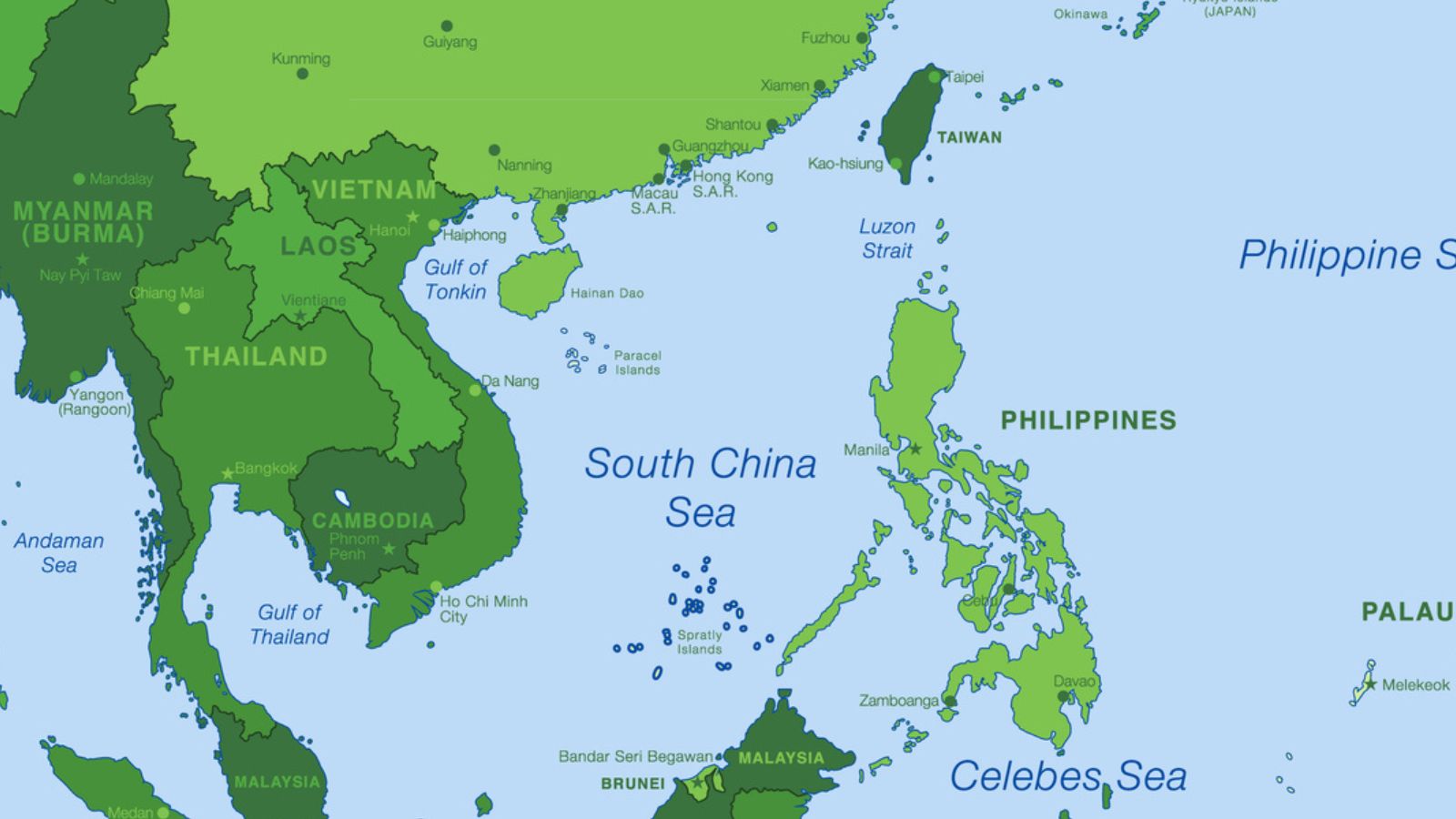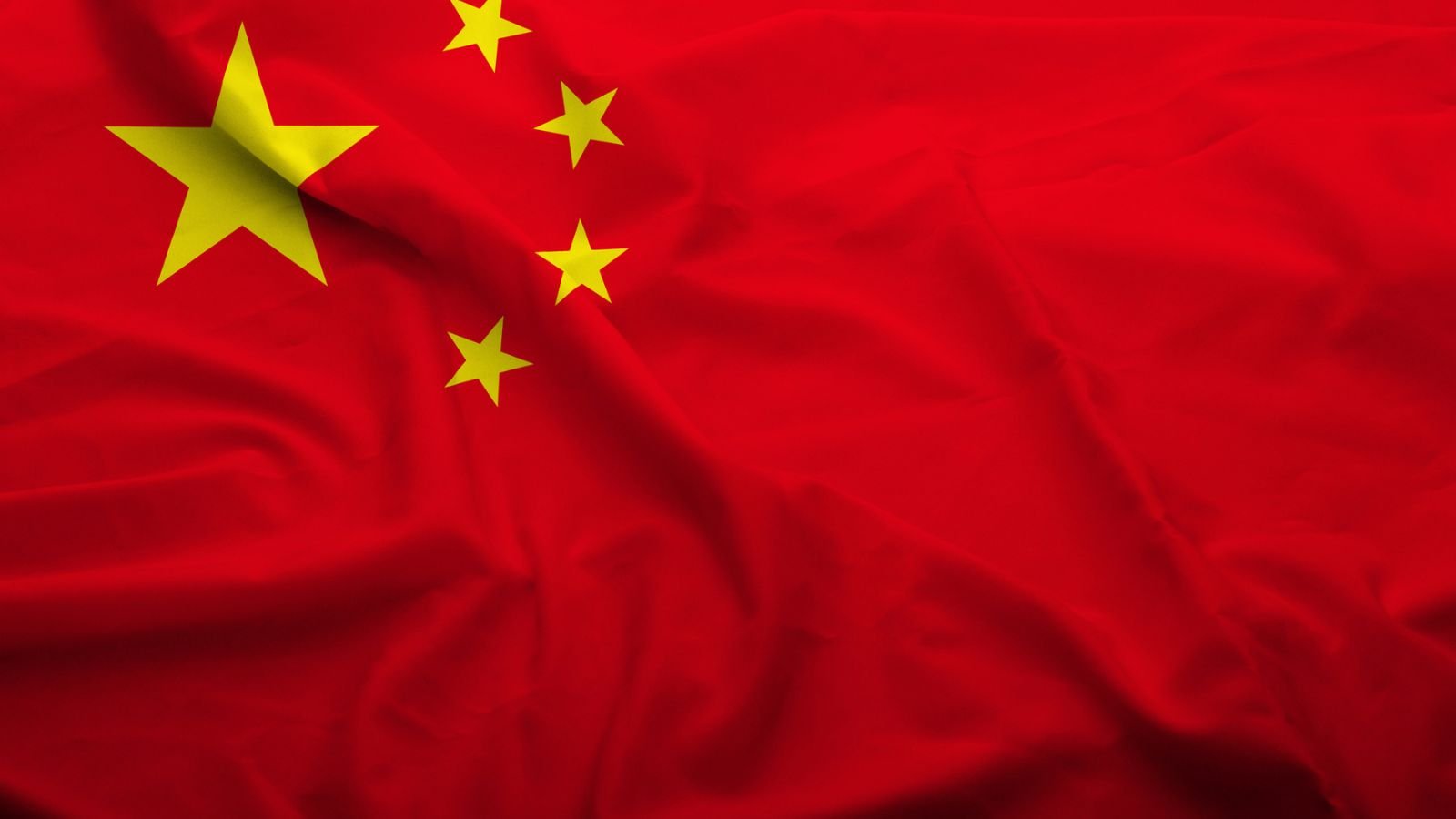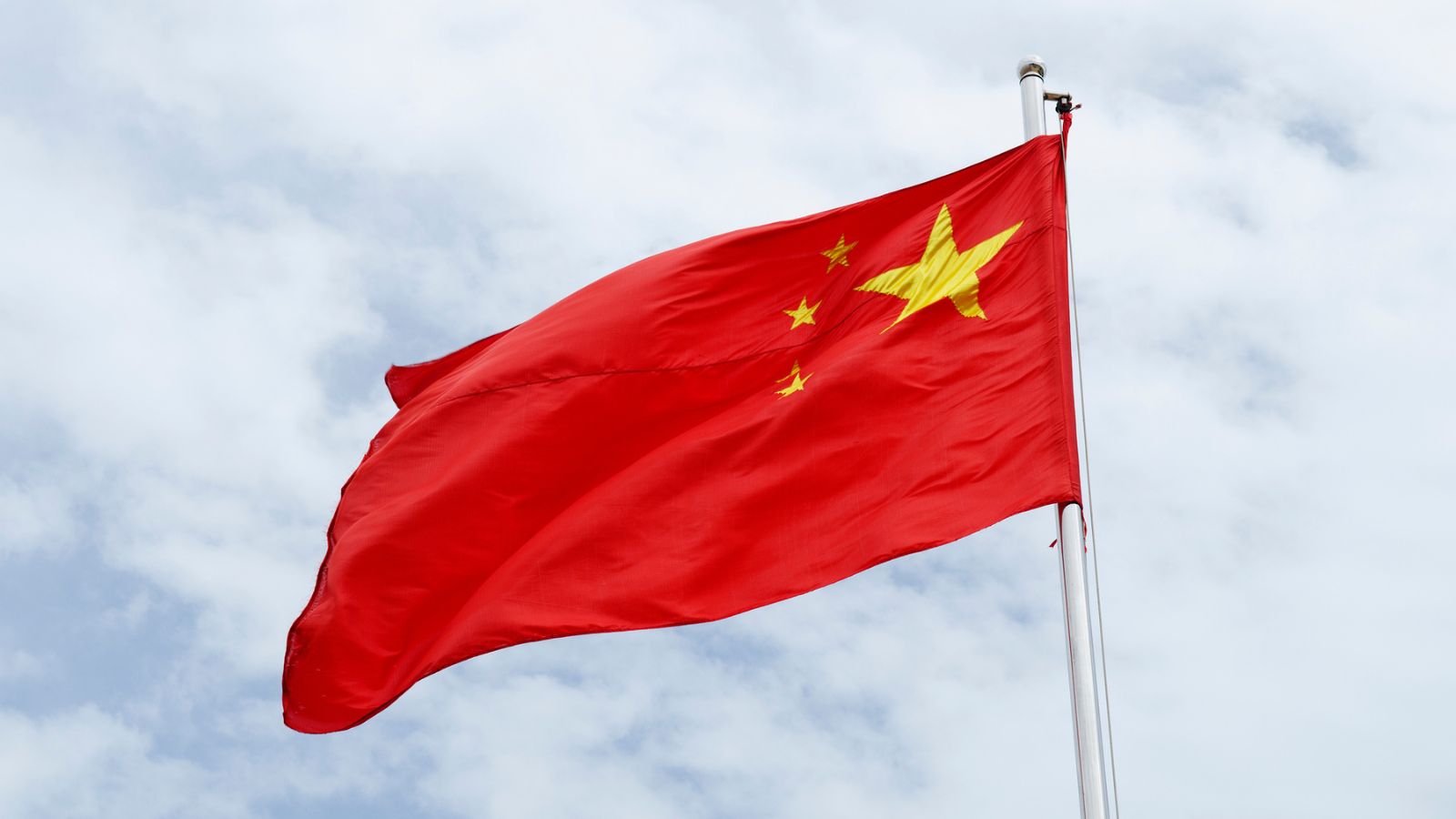China and the Philippines are experiencing escalating tensions over territorial disputes in the South China Sea. Wu Shicun, head of government-backed Chinese think tank National Institute for South China Sea Studies, said that the situation was exacerbated by the Philippines’ close ties with the U.S., and is potentially reaching a critical “point of no return.”
Territorial Dispute in the South China Sea

The conflict centers on a long-standing territorial dispute in the energy-rich South China Sea, crucial for global trade. China asserts sovereignty over islands and maritime zones within the Philippines’ internationally recognized exclusive economic zone.
U.S. Involvement and Philippine Stance

The U.S. has increased its presence in the South China Sea, aligning with the Philippines under President Ferdinand Marcos Jr. Despite confrontations with Chinese maritime forces, the Philippines remain undeterred, especially in disputed areas like the Spratly Islands.
Read More: Trump’s Gag Order Appeal Gets Rejected
China Asserts Military Tactics

China is showing a greater willingness to use force in asserting its claims, challenging Philippine control over strategic areas like Second Thomas Shoal in the Spratly Islands. This aggressive stance has marked a significant shift in China’s strategy in the region.
Projections of Increased Militarization

Wu Shicun anticipates more intense U.S.-led militarization in the South China Sea. His forecast is based on recent expansion of U.S. military activity, including additional base access granted by the Philippines.
Expanded U.S. Military Footprint

The U.S. military presence in the region has grown, with the Philippines allowing access to four more bases, making nine in total.
U.S. warships, including aircraft carriers, increased port calls at Vietnam’s Cam Ranh Bay, signaling a strategic expansion.
Also Read: Trump Campaign Lawyer’s Testimony Unveils Nevada Fake Elector Scheme
Intensive U.S. Military Operations

The U.S. has ramped up military operations in the South China Sea in the recent past, conducting over 30 open and numerous covert missions in the region. This included significant air and naval maneuvers, including 1,000 sorties and several aircraft carrier strike group transits.
Multilateral Security Partnerships

The Philippines is strengthening its security ties with the U.S., Japan, and Australia, engaging in joint air and maritime patrols. These partnerships were seen as a collective response to China’s actions in the region.
International Condemnation of China’s Actions

At the Camp David summit, leaders from the U.S., Japan, and South Korea condemned China’s “dangerous and aggressive behavior” in the South China Sea.
The U.S. and the Philippines share a Mutual Defense Treaty as well.
Read Next: Federal Judge Rules Against Oregon Senators Seeking Reelection After Boycotting Session
China’s Diplomatic Warnings

China’s top diplomat Wang Yi cautioned the Philippines against escalating tensions. The Chinese Foreign Ministry also criticized the Philippines for involving external powers in the dispute.
China’s Regional Strategy

Greg Poling, a Southeast Asia expert, argues that China views smaller states as pawns in great power competition. Taking to X, he wrote, “[O]nly great powers count; smaller states lack agency and act only as tools of great power competition. This is why China has refused to negotiate on the [South China Sea] in good faith for 3 decades.”
Global Implications of the Dispute

The intensifying dispute in the South China Sea had wide-reaching implications, affecting not just regional stability but also global trade and international diplomacy. This evolving situation posed risks for regional stability and international relations.
Read More: Federal Judge Blocks California Law Restricting Guns in Public Places
More from The Stock Dork – Increase in U.S. Prison Population Signals a Shift in Decade-Long Trend







 Tags:
Tags:










